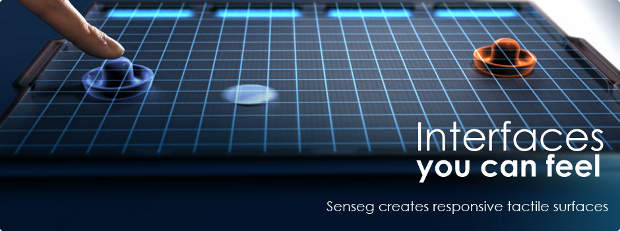Augmented reality is a technology that combines the real world with digital information. It gives users the impression that they are interacting with real and physical objects. The technology itself is not exactly new and is being used in a varied of applications from GPS systems to fitness apps.
There are numerous cool augmented reality apps already in the market. However, not all are perfect or match expectations. While many have unshakeable image recognition technologies, getting real time information or even recognising objects and colours is still a challenge.
Future
The future of augmented reality seems to be more inclined towards Haptics and tactile feedback (which uses sense of touch).
Earlier, Senseg, which claims mastery over such technology, had demonstrated at the Consumer Electronics Show, haptic technology that allowed users to feel their apps on the touchscreen by manipulating an electric field. With the technology, users will now be able to feel bumps and ridges, and also figure out which areas are more rough than others. The company believes if users are able to get the feel of anything other than glass, it would be a better experience.
The company demonstrated an Android tablet with a touchscreen, which had different textures on it. Users get used to such a touchscreen quickly and may not want to go back to a regular touchscreen. Senseg has deliberately made the effect subtle so it doesn’t distract the users while making its presence clearly felt. The company is still working on different kind of sensations.
Another App from application developer CrowdOptic may point towards a new trend in augmented reality apps. The new technology of CrowdOptic focuses on crowds, such as in concert or sports events.
When the camera of the smartphone is pointed at a player during a sporting event, it displays real time information about the player and the game. The details and context can also be shared through different social networks. So far, getting information on moving objects through augmented reality apps was not possible.


